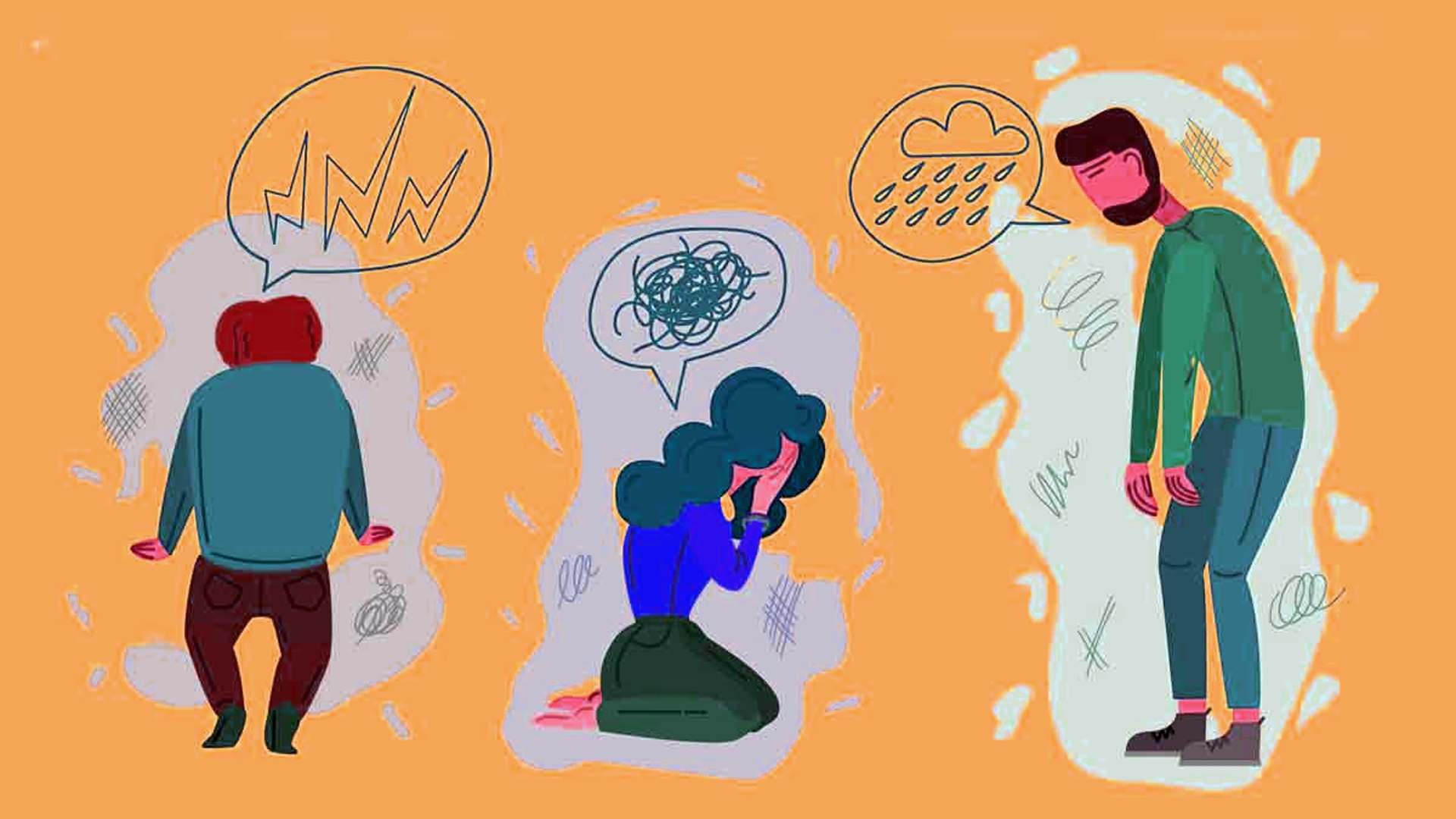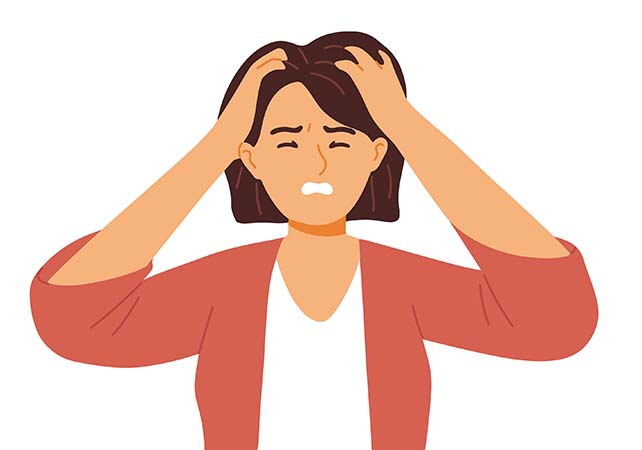Understanding Triggers: What Pushes Our Buttons and Why

A person pauses with eyes closed, taking deep breaths to calm down in a moment of stress.
The Dive
A trigger is anything — like a sound, smell, memory, or situation — that causes a strong emotional reaction. Triggers can make us feel angry, sad, anxious, or overwhelmed without warning.
Triggers often come from past experiences or sensitive emotional spots. For example, someone who was teased about their height might feel upset if someone makes a joke about it, even years later.
When we’re triggered, our brain’s alarm system (the amygdala) takes over and sends our body into fight, flight, or freeze mode. That’s why our reaction can feel really big or out of proportion.
To handle triggers in a healthy way, we need to pause and switch on our thinking brain—the prefrontal cortex. This helps us respond calmly instead of just reacting.
Simple strategies like taking deep breaths, counting to ten, or stepping away from the situation can help calm the brain and body after a trigger. Writing down what upset you or talking to a trusted adult can also help.
Everyone’s triggers are different, and knowing your own is part of growing emotionally. Telling friends what bothers you helps them avoid pushing your buttons and shows you're setting healthy boundaries.
Triggers can be external (like loud noises or smells) or internal (like feeling ignored or rejected). Understanding both helps us prepare for and manage tricky emotional moments.
Being curious and empathetic about what triggers others makes us better friends and community members. Instead of judging someone’s reaction, we can listen, support, and help them feel safe.
Why It Matters
Knowing what triggers us—and how to handle those moments—builds emotional intelligence. It helps us take control of our reactions instead of letting our feelings control us. When we understand our own buttons and respect others’, we create safer, kinder spaces for everyone to grow and thrive.
?
What are some things that trigger strong feelings in you?
How can learning about the amygdala and prefrontal cortex help us understand our emotions?
What strategies work best for you when you feel overwhelmed?
How can you talk to friends or family about your triggers in a respectful way?
Why is it important to respect other people’s emotional boundaries?
What’s the difference between reacting and responding when you’re triggered?
Dig Deeper
Learn how emotional triggers can create intense reactions and what they might be signaling from your past.
Explore how to shift from automatic reactions to thoughtful responses using science-backed strategies.
Related

What Is Community?
Community is more than just a place on a map—it’s people, relationships, and the daily actions that tie our lives together.

Deinstitutionalization
Deinstitutionalization was a movement that closed psychiatric hospitals in favor of community care. But without enough resources, it led to homelessness, incarceration, and untreated illness.

Empathy vs. Sympathy: Feeling With vs. Feeling For
Sympathy says, “I feel bad for you.” Empathy says, “I am trying to feel with you.” Learn the difference, why it matters, and how to practice real connection.
Further Reading
Stay curious!
